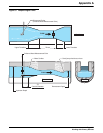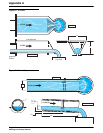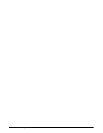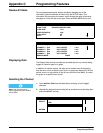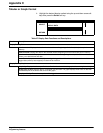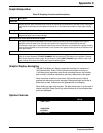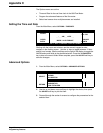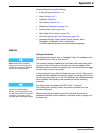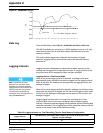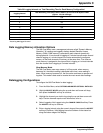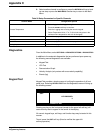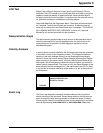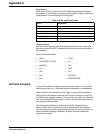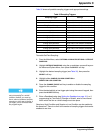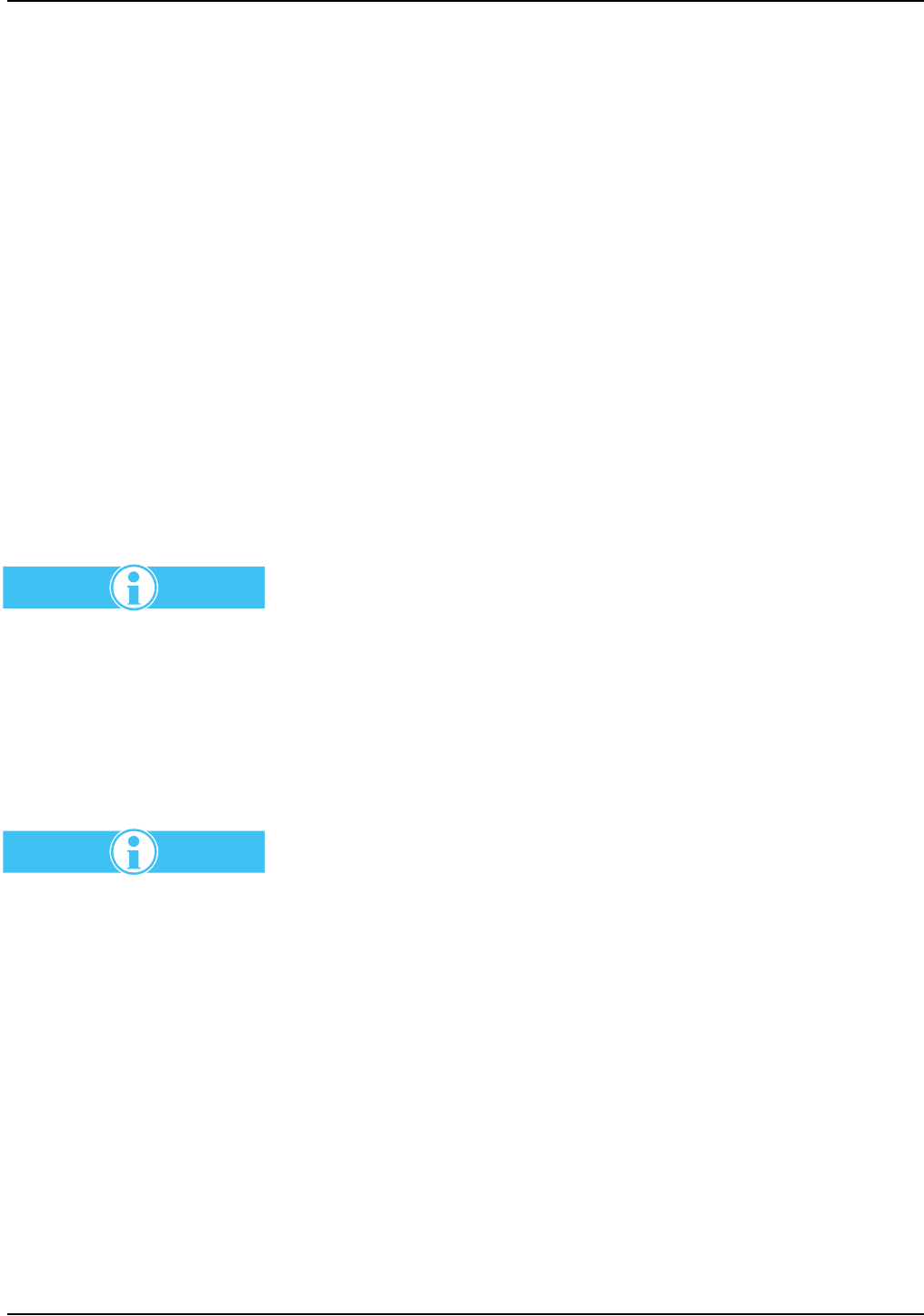
Appendix C
Page 121
Programming Features
Advanced Options include the following:
Alarms
Setting the Deadband
Note: Rainfall and Flow Rate of
Change alarms are High Set Point
conditions; they take no deadband,
and they are time dependent.
After entering the trip point, enter a “Deadband” value. The deadband is the
area between alarm “turn on” and “turn off.”
The purpose of setting a Deadband is to eliminate alarm relay chatter which
may occur if the turn-on and turn-off values are too close together. Small
fluctuations that occur when the reading is at or near the trip point can toggle
an alarm relay on and off very rapidly.
In the pH example (Figure 56) the Deadband is set to 0.10 pH. When the pH
reached 6.9 (lower dashed line), the alarm tripped, but the alarm did not turn
off until the pH came back up to 7.00. This difference is the Deadband setting
which should be set according to the characteristics of the item being
measured.
Note: You must log rainfall to use an
alarm on a rainfall condition;
likewise, you must log flow in order
to implement an alarm on a flow rate
of change. If you forget, you are
reminded when the program begins.
Four alarm relays are provided with SPDT (Form C) contacts.
The normally open, normally closed, and common contacts are on the
terminal wiring board.
Multiple alarms can be enabled one at a time. Multiple alarms can be
assigned to individual trouble conditions, to individual relays, or assign to all
the same relay.
• 4–20 mA Outputs (Section 4.1.1.)
• Alarms (Section 4.4.1.)
• Calibration (Section 4)
• Flow Totalizer (Section 4.3.1.)
• Diagnostics (Diagnostics on page 124.)
• Data Log (Data Log on page 122.)
• Storm Water (Storm Water on page 128.)
• Set Point Sampling (Set Point Sampling on page 126.)
• Languages (English, Czech, Danish, French, German, Italian,
Portuguese, and Swedish, Dutch, and Spanish.
(The 980 supports English and one other selected language).



